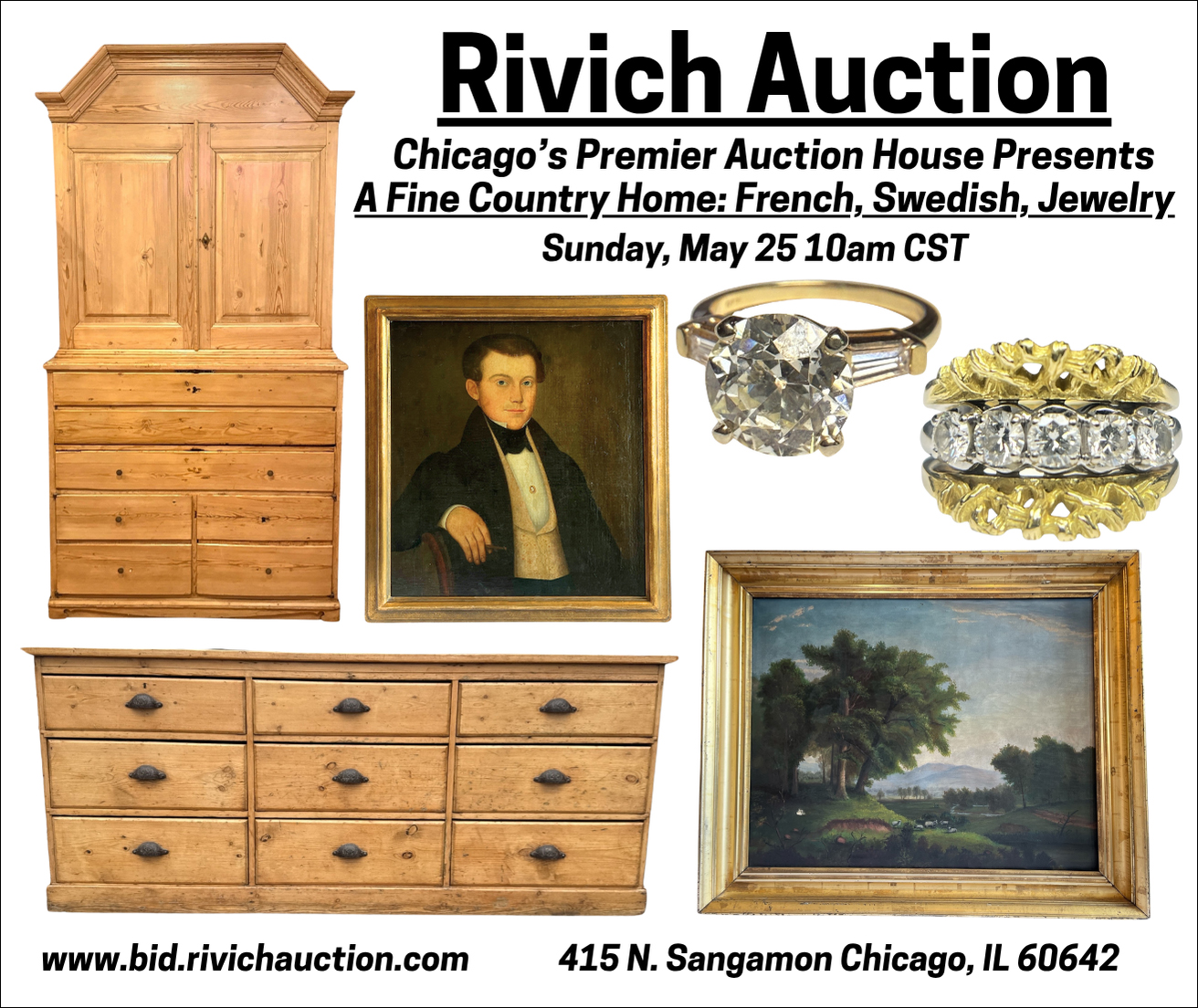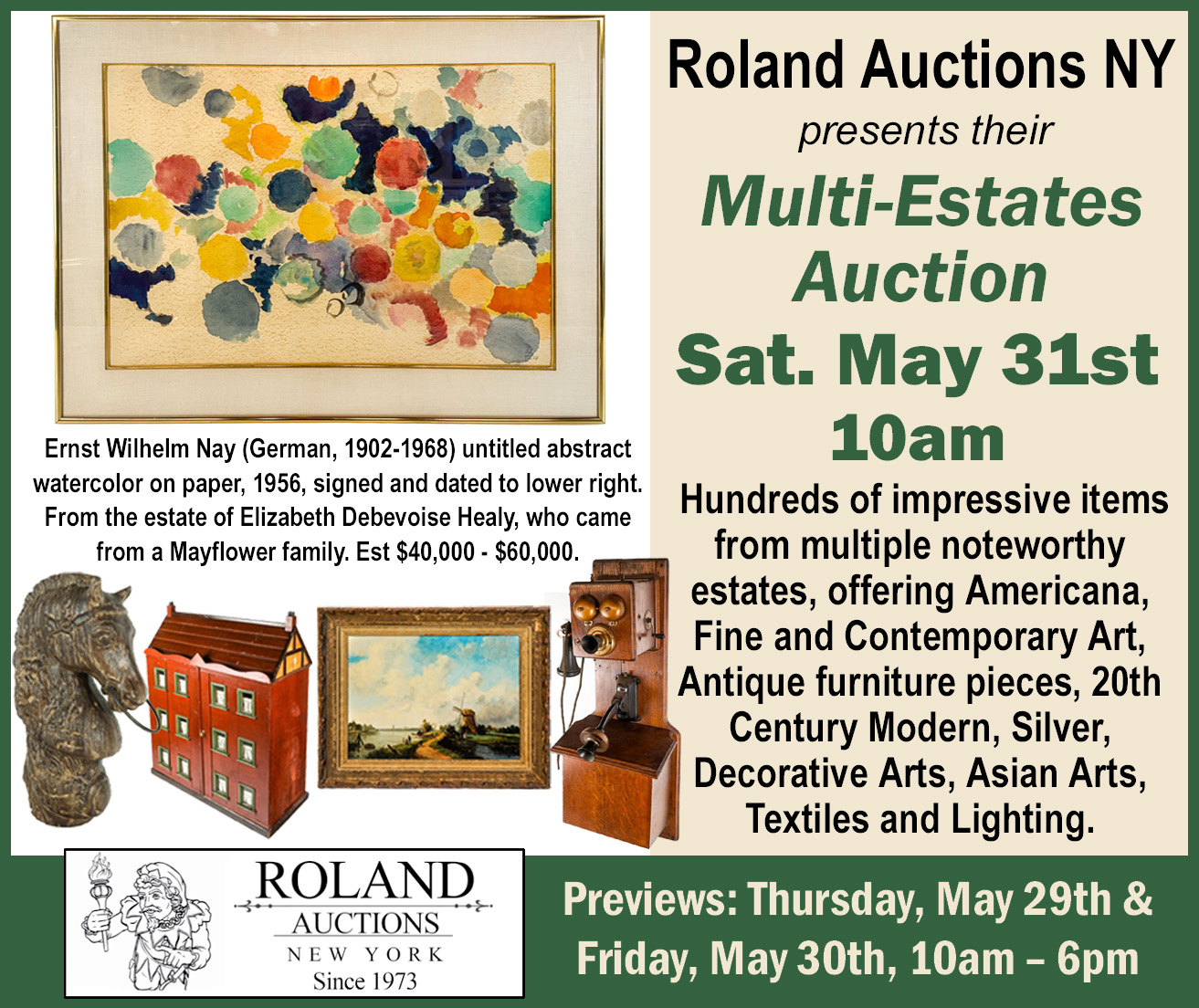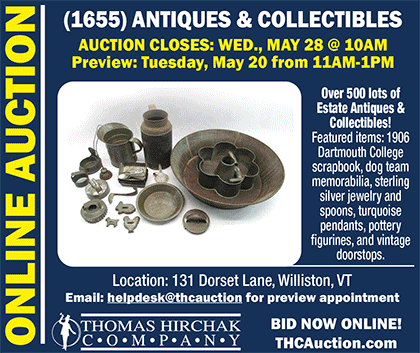Ellis Boston Antiques Show Celebrates Its Third Birthday
October 24th, 2013
|
The booth of Bell-Time Clocks, Andover, Massachusetts, where on Sunday afternoon, Bob Frishman gave a booth chat, “The Long & Short of Grandfather Clocks.”
The loan exhibit of New Bedford Whaling Museum, New Bedford, Massachusetts.
The best pieces of Americana at this show, by far, weren’t for sale. They were part of the loan exhibit of the New England Historic Genealogical Society (“HistGen” for short)—the first exhibit that the Boston-based institution, the oldest genealogical society in the country, has mounted in 20 years. Called Family Treasures from Early Massachusetts, it lived up to its name. The mahogany slant-front desk was made circa 1800 by Elijah Sanderson (1751-1825) of Salem, Massachusetts. An ancestor of the desk’s donors was married to Sanderson’s grandson. The woman in the oil on canvas portrait is Rebecca Rawson (1656-1692). The 1670 painting has been attributed to the Freake painter, so-called because two of his ten known paintings of Bostonians were of the Freake family. The subject of the other portrait is known by tradition as Captain Paul Cuffe (1759-1817), a Quaker mariner and merchant of Westport, Massachusetts, and “one of the most influential African and Native American people of his time,” according to the society’s signage. The artist is unknown. The filigree of paper and glass was executed by Mary Lemmon in 1735. The mid-18th-century chair has a history of having been in the house built on Boston’s Beacon Hill in 1735 for Thomas Hancock (1703-1764), uncle of John Hancock (1737-1793). The house, now gone, went by descent to the patriot. For more information, see the Web site (www.americanancestors.org).
Lynda Willauer Antiques, Nantucket, Massachusetts, specializes in Chinese export porcelain, European paintings, furniture, and pottery. Seen up front on left, a pair of circa 1780 French walnut high-back armchairs with scalloped skirts, upholstered in “old” floral Aubusson tapestry, was marked $9500. Her pair (one shown) of Swedish Pernilla swivel armchairs of leather and chrome-plated steel were designed by Bruno Mathsson (1907-1988) for Dux. They were priced at $7500 for the two, and each came with its neck pillow intact.
We usually see mid-century modern specialist Glen Leroux of Glen Leroux Antiques, Westport, Connecticut, when he sets up at Fusco & Four’s AD20/21 show in the spring. To this show Leroux brought the same look, including a 1950’s sofa designed by Edward Wormley and priced at $9500. The wood is mahogany with dark finish. A pair of matching Wormley chairs was $9800. Between the chairs, a Mastercraft rolling bar cart in brass and glass was marked $3400. The painting, a circa 1963 oil on canvas abstract portrait of two women by Francis Coradal-Cugat (Spanish/ American, 1893-1981), was $6400.
Russ Gerard of Gurari Collections, Boston, said his gallery “explores the intersection of art and science” and offers objects from the 17th century to the present. All were chosen because they exemplify “the inventive mind.” On the back wall on left is Satyrs and Maenad by Wendy Artin (b. 1963). The 2013 watercolor triptych on three adjoined sheets of Khadi cotton paper measures 48½" x 65½" and was priced at $15,000. On the right is a section of Michel Etienne Turgot’s great urban cartographic feat, the 1739 Plan of Paris. Each panel is an original copperplate engraving approximately 22" x 33". Overall dimensions of the complete set of 20 are 8'10" x 10'8". Available from Gurari Collections, the set was marked “price on request.” After the show, Gerard said there were “two serious clients” interested in it. The Art Deco chrome bar carts, made in the Netherlands in the 1940’s, were $1100 each. The two large turn-of-the-20th-century glass vacuum tubes with brass bases (on the bar cart on left) were $1500 each. The Art Deco chrome table lamps, including examples by the Apollo Electric Company, were $450 to $950. |
Boston, Massachusetts
The third annual Ellis Boston Antiques Show, held at the Cyclorama in the city’s South End October 24-27, 2013, began with a bang-up gala, whose proceeds benefited the charity that lends the show its name. The city’s oldest settlement house, Ellis Memorial, got an infusion of “almost exactly” $100,000 that Thursday evening, according to the show’s promoters, Tony Fusco and Robert Four.
New to the 2013 gala was a presenting sponsor, BNY Mellon Wealth Management. “They literally paid for the whole thing,” said Fusco. “So every dollar of tickets that the Ellis sold went directly into programs.” Those programs have been tending to the needs for children, disabled adults, elders, and families in the South End and adjacent neighborhoods since 1885. Money from the gala preview for the old Ellis Antiques Show, which died in 2008 after a nearly 50-year run, went to the same cause.
Among the more than 300 gala-goers were several curators from Museum of Fine Arts, Boston (MFA). That’s typical. Not so typical was that even the MFA’s director, Malcolm Rogers, turned out for this one. Lydia Shire, a luminary Boston chef and collector of mid-century Modernism who usually attends, was in the crowd, along with many other collectors. Also on hand were representatives of local auction houses, preservation organizations, and historical societies. The rest were Ellis supporters and people simply interested in going to a good party with great food, a full bar, and live music.
A few sales took place that night. W.M. Schwind Jr. sold a pair of English upholstered side chairs with Chippendale legs. Robert Lloyd sold a silver porringer made by Paul Revere Sr. Michael Buehler of Boston Rare Maps sold a rare sampler ofBoston Harbour. Dated February 27, 1800, the map of silk floss on silk satin was worked by Sally Dodge at Mrs. Rowson’s Academy of Boston and Medford, Massachusetts. According to Betty Ring’s Girlhood Embroidery: American Samplers & Pictorial Needlework 1650-1850, it is one of only two known. The other is in the collection of the Bostonian Society.
Largely, however, real shoppers waited for the weekend when, according to Fusco, William Vareika sold a major painting and Charles Washburne sold a serious piece of majolica, a rare Minton majolica “ice stand” with a hunt theme. Washburne had chosen that item to be the illustration on his page in the show program. There were also multiple sales in the booths of Knollwood Antiques, Old Village Antiques, Margaret Doyle Antiques, and Bell-Time Clocks (in the interest of full disclosure, this reporter’s husband). These all were under $3000.
Dealers overall said it was difficult to sell items more expensive than that. “There’s no doubt about it,” said Fusco. “There was a hesitancy on the part of buyers” to spend larger amounts. “Certainly there were people in the room who could have easily afforded to buy anything they wanted to buy. I mean, we even had a Saudi prince, who has recently bought a penthouse on the [Boston] waterfront. He was one of the clients a designer brought through.”
Of course, those folks may well spend big after the show. Bostonians are famous for mulling over their buying decisions, large and small. And the designers who came to the show need to consider even more factors than private collectors do. We often hear about post-show sales occurring months after each of the three Boston shows promoted by Fusco & Four. (The other two are the Boston International Fine Arts Show in November and AD20/21 in the spring.) So we’ll have to wait to report that news.
In the meantime, what we found most newsworthy about the Ellis in its third year was its extreme eclecticism. As for prices, things went from a mammoth (approximately 6' x 5') knockout of a Boston school painting in the booth of Vose Galleries, Boston, for more than $1 million, all the way down to lithographs by Minetta Good and Victoria Hutson Huntley. Found in the bins of The Philadelphia Print Shop, they were marked $1600 and $950, respectively. The age of material was just as broad. We noted an 800-760 B.C. Greek geometric amphora offered by Hixenbaugh Ancient Art. We also saw watercolors of antiquities by Wendy Artin (b. 1963), an American who lives in Rome, Italy, on view in the booth of Gurari Collections.
As for styles and sensibilities, perhaps two sets of radically different seating in the same booth, that of Lynda Willauer Antiques, said it best. One was a pair of circa 1780 French walnut armchairs upholstered with Aubusson tapestry. The other was a pair of mid-century modern Swedish swivel chairs in chrome-plated steel and what was described as “apricot” leather upholstery.
“We got a lot of comments on the mix, and I was pleased, because we worked really hard to create that,” Fusco said. “We don’t want dealers who all look alike. We aim for different specializations, eras, and looks, and I think we got there this year. In a show of this size, it’s hard to get the array of dealers we want.”
Speaking of size, the show hosted just 32 exhibitors, down from the 40-dealer roster of previous years. Several other antiques shows fell on the same weekend, said Fusco. “It was one of the bigger issues we faced.” Among those in direct conflict with the Ellis were the San Francisco Fall Antiques Show, the International Art & Antiques Show at the Park Avenue Armory, and the Morristown Armory Antiques Show in New Jersey. “We were also the week after Winnetka,” (i.e., Antiques + Modernism Winnetka) “and dealers who wanted to do that show logistically just couldn’t do ours too.” Another priority was to avoid such events as Boston’s Head of the Charles Regatta, held on the weekend before the show. In 2012, when the show and the regatta coincided, the promoters discovered it was not only a distraction but made hotel rooms scarce.
Some people were happy about the unprecedented amount of 20th-century material. (According to our assessment, it predominated in ten booths and was a factor in several others.) “You know me,” said Fusco. “I always say that the market shapes the show. And that’s why we added more twentieth century—because people were asking for it.”
Traditionalists weren’t so sure what to make of it. Judging from their comments, they were still adjusting to the idea, missing the booths that used to be filled with Americana and 18th- and 19th-century Continental antiques. In the latter category, Georgian Manor and Alfred Bullard did not return this time.
One dealer opined that the show was experiencing “growing pains.” He meant it as a positive statement, since literally the pains in the fast-growing limbs of adolescents are a healthy stage of life. In our opinion, the eclecticism of the Ellis reflects not merely this show’s development but the evolution of the antiques business as a whole. The formal, period room is no longer the goal of many collectors. Mixing is the norm. An exemplar of this philosophy, Eric Cohler, was invited by the promoters to have a book signing at the show on Sunday. Author of Cohler on Design, the New Yorker has been dubbed “the Mixmaster” by design industry pundits, and his Web site (www.ericcohler.com) praises his ability to “fuse classical and contemporary elements.” Cohler also blends high end with low end, just as this show did.
One shopper, newly transplanted from Manhattan to Boston, had a good one-word description of the show. He praised it for being “approachable,” especially as compared to the Winter Antiques Show in his former city. “You can actually buy things here,” he said.
For more information, phone (617) 363-0405 or see the Web site (www.EllisBoston.com).
|
|
|
|
|
|
|
|
Originally published in the January 2014 issue of Maine Antique Digest. © 2013 Maine Antique Digest


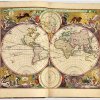


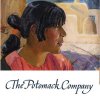

















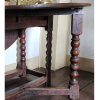
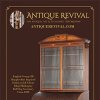
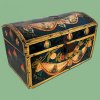


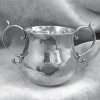


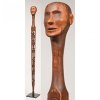




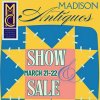




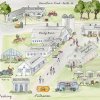






 At front center, an early 18th-century tapestry-upholstered side chair was $2890 from Andrew Spindler of Andrew Spindler Antiques & Design, Essex, Massachusetts. Around the table and along the wall, the assembled set of ten (not all shown) 1810-20 English Regency period mahogany dining chairs was marked $12,500 and sold. The oil on canvas nude on the back wall is Venus by José Padial. Painted circa 1935 in the manner of Leon Kroll, it is signed and dated on the cover of the book. Spindler marked it $31,500.
At front center, an early 18th-century tapestry-upholstered side chair was $2890 from Andrew Spindler of Andrew Spindler Antiques & Design, Essex, Massachusetts. Around the table and along the wall, the assembled set of ten (not all shown) 1810-20 English Regency period mahogany dining chairs was marked $12,500 and sold. The oil on canvas nude on the back wall is Venus by José Padial. Painted circa 1935 in the manner of Leon Kroll, it is signed and dated on the cover of the book. Spindler marked it $31,500. The moose antlers at top were $600 from Margaret Doyle Antiques, Essex, Massachusetts. The desk on left is Danish. It sold. Other sold items (not well seen in this image) include two American pub tables in oak from the Prohibition era and a big industrial wood-and-metal trolley. The farm table with drawer is Swedish; it was marked $3800. The screen, consisting of four mounted panels of Zuber wallpaper, was $4800. Each of the pair of folk art portraits was signed and dated “Wm. Hillyer, 1832.” Doyle, who priced them at $3900, said the subjects are Bostonians Benjamin Wheeler Jr., son of a China trade merchant, and Alice Shepard Palmer, his wife.
The moose antlers at top were $600 from Margaret Doyle Antiques, Essex, Massachusetts. The desk on left is Danish. It sold. Other sold items (not well seen in this image) include two American pub tables in oak from the Prohibition era and a big industrial wood-and-metal trolley. The farm table with drawer is Swedish; it was marked $3800. The screen, consisting of four mounted panels of Zuber wallpaper, was $4800. Each of the pair of folk art portraits was signed and dated “Wm. Hillyer, 1832.” Doyle, who priced them at $3900, said the subjects are Bostonians Benjamin Wheeler Jr., son of a China trade merchant, and Alice Shepard Palmer, his wife. This is one of two booths filled by the Harbor View Center for Antiques. The group shop hosts 40 dealers in its physical space in Stamford, Connecticut, and another 20 to 40 on its Web site. The Ellis displays were designed to show “a variety of different looks that the center has to offer,” said principal Nick Savard. The chair, from the French régence period, was one of eight being sold for $22,000 a pair. Against the left wall, the 1870 English colonial secretary, described as probably Anglo-Indian, is in campaign form. Made of burlwood and ebony with ivory inlay, it was priced at $21,000. The six-panel screen is 18th-century Japanese in ink and color on paper with silver-flecked paper mounts. Its price was $7900.
This is one of two booths filled by the Harbor View Center for Antiques. The group shop hosts 40 dealers in its physical space in Stamford, Connecticut, and another 20 to 40 on its Web site. The Ellis displays were designed to show “a variety of different looks that the center has to offer,” said principal Nick Savard. The chair, from the French régence period, was one of eight being sold for $22,000 a pair. Against the left wall, the 1870 English colonial secretary, described as probably Anglo-Indian, is in campaign form. Made of burlwood and ebony with ivory inlay, it was priced at $21,000. The six-panel screen is 18th-century Japanese in ink and color on paper with silver-flecked paper mounts. Its price was $7900. Post Road Gallery, Larchmont, New York, asked $6500 for what was described as a McIntire school carved mahogany chest of drawers probably made in Salem, Massachusetts. The ormolu and tulipwood marquetry cylinder desk (after the model made by Jean-Henri Riesener for Marie-Antoinette’s boudoir in the Chateau de Fontainebleau) was $75,000.
Post Road Gallery, Larchmont, New York, asked $6500 for what was described as a McIntire school carved mahogany chest of drawers probably made in Salem, Massachusetts. The ormolu and tulipwood marquetry cylinder desk (after the model made by Jean-Henri Riesener for Marie-Antoinette’s boudoir in the Chateau de Fontainebleau) was $75,000.
